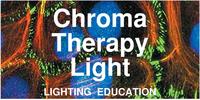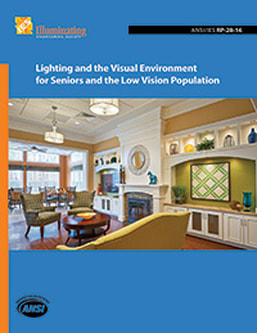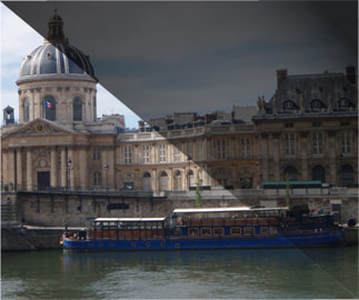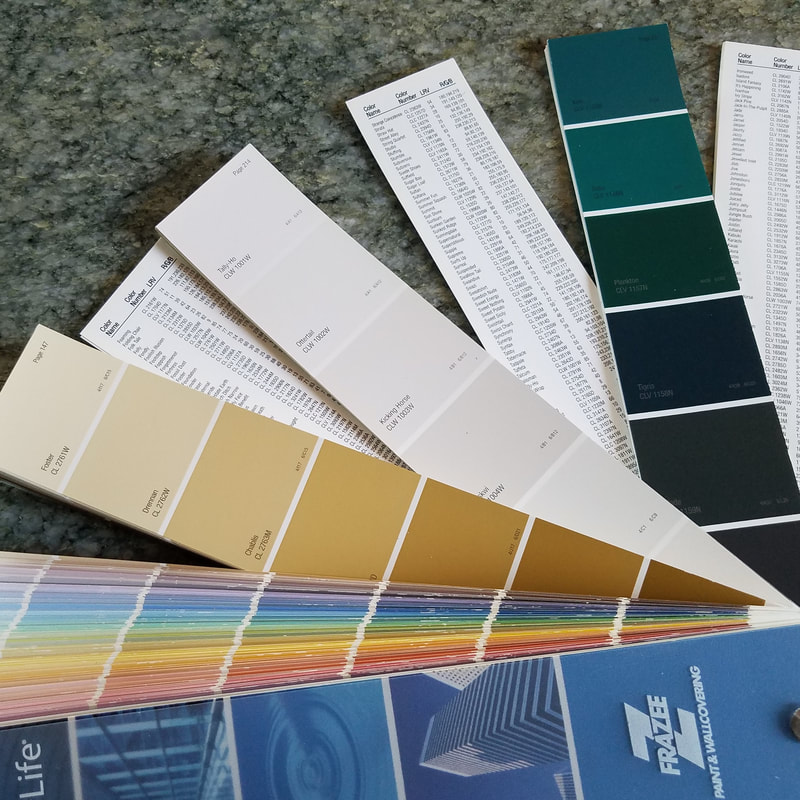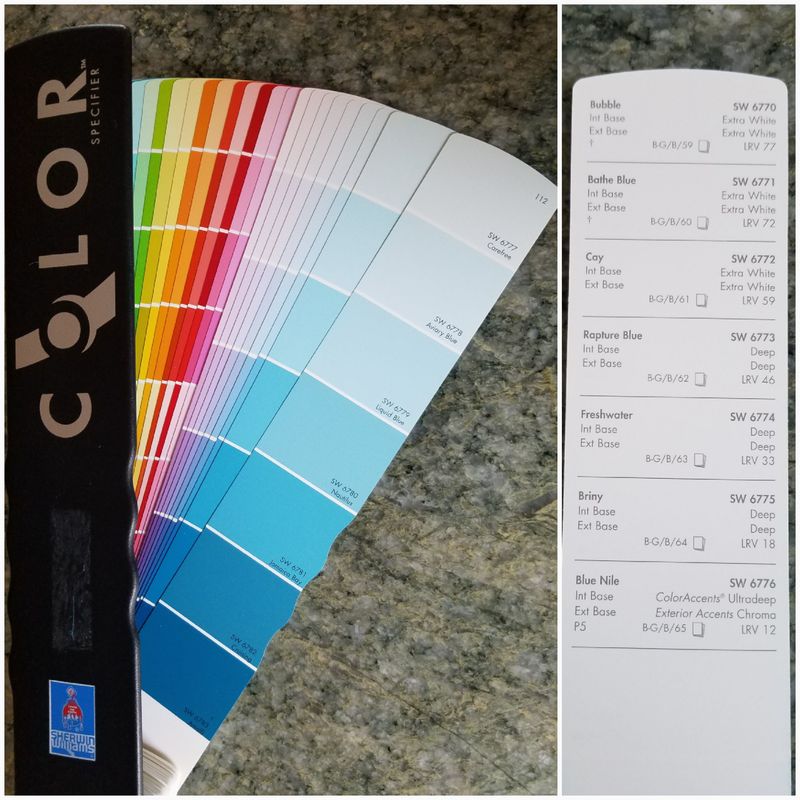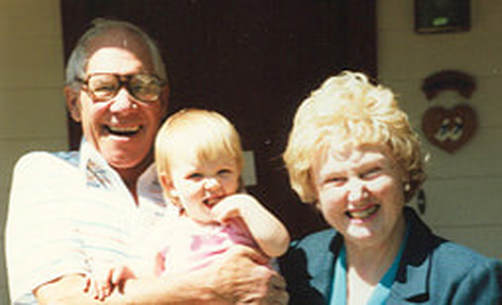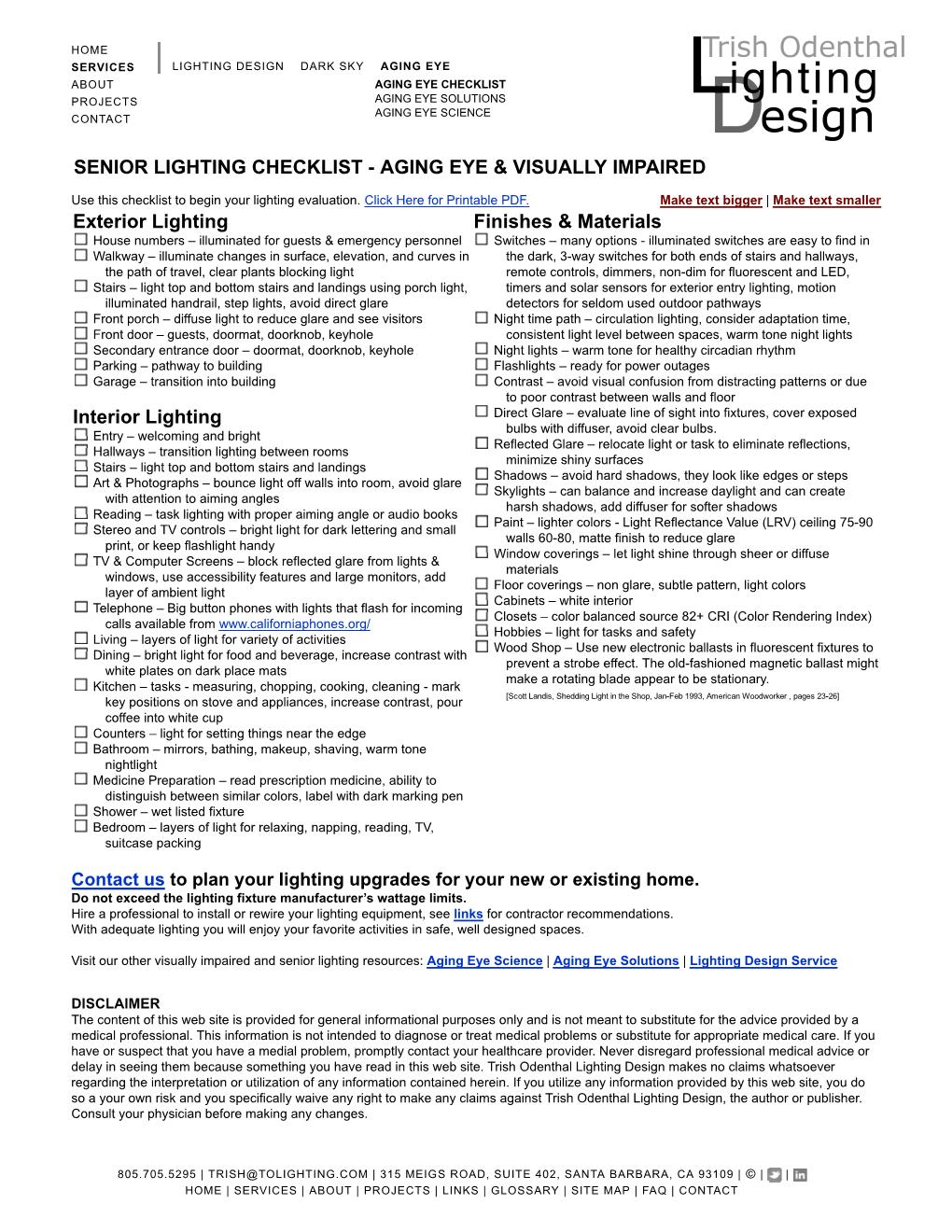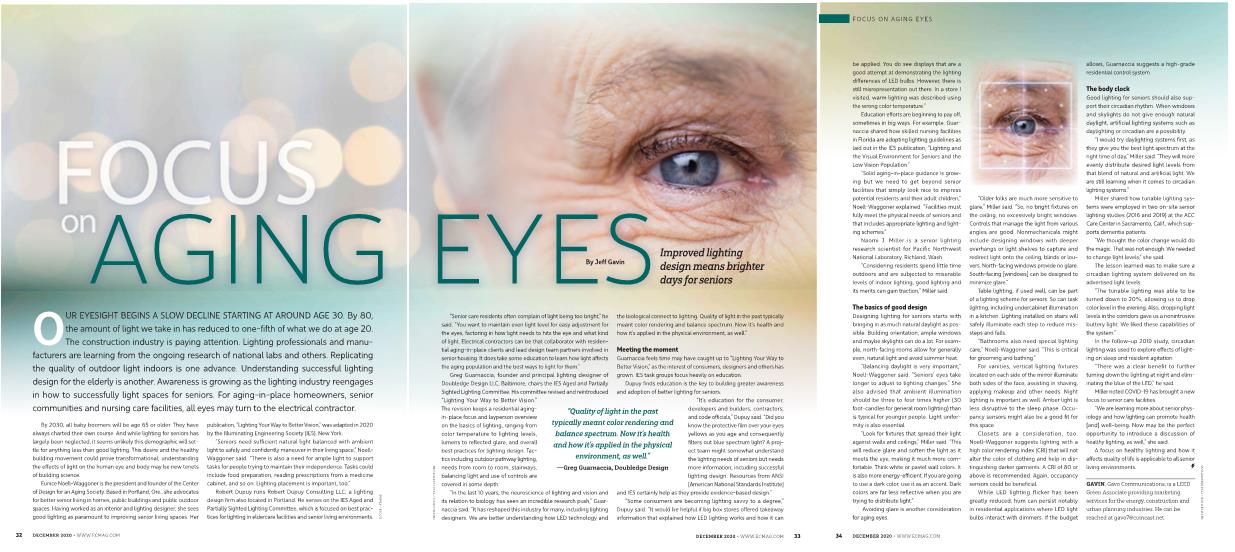|
Lighting for Aging Eyes and Visually Impaired
Senior & Low Vision Lighting -
|
Lighting and the Visual Environment for Seniors and the Low Vision Population
|
Produced by the IES Lighting for the Aged and Partially Sighted Committee.
This book is one of the few and the best resources for designers lighting senior communities. ANSI Approved - Published by IES - Illuminating Engineering Society
Seniors represent the fastest growing segment of the population with over 40 million Americans over 65 (U.S. Census Bureau, The Older Population. 2010), with over 10,000 Baby Boomers turning 65 every day. The over 40 population represents approximately 89 million people and of those, 63 percent have vision problems (National Eye Institute of the National Institutes of Health 2010) [1]
Typically – lighting is designed for younger people; however, licensed senior living communities will be designed to different standards
- Brighter light levels
- Glare control
- Wall to floor distinction
Brighter Light Levels
The five problematic visual tasks typically encountered by the elderly include:
“The human visual system consists of three parts: the eye, which gathers information about the outside world in the form of reflected light; the visual pathways, which transmit the signals from the eyes; and the visual cortex of he brain, which processes the information. As we get older, both physiological and neurological deterioration occur in the eye and brain. Consequently, the lighting needs of the elderly differ from those of younger individuals.”
For Minimum Maintained Illuminance Recommendations see Table 1 in RP-28-16 [1]
- seeing in dim light
- reading small print
- distinguishing colors (clothing & sorting pills)
- reading moving information
- visual search
“The human visual system consists of three parts: the eye, which gathers information about the outside world in the form of reflected light; the visual pathways, which transmit the signals from the eyes; and the visual cortex of he brain, which processes the information. As we get older, both physiological and neurological deterioration occur in the eye and brain. Consequently, the lighting needs of the elderly differ from those of younger individuals.”
For Minimum Maintained Illuminance Recommendations see Table 1 in RP-28-16 [1]
Glare
Glare is the effect of brightness or differences in brightness within the visual field sufficiently high to cause annoyance, discomfort or loss of visual performance.
Glare – Disability Glare
If task performance is affected, it is called disability glare
Glare – Discomfort Glare
Visual discomfort caused by excessive brightness is called discomfort glare.
Glare – Direct Glare
Glare resulting from very bright sources of light in the field of view. It usually is associated with bright light from luminaires and windows. A direct glare source may affect occupant’s performance by reducing the apparent contrast of objects in the field of view, especially those near the source of light.
Glare – Indirect Glare
Glare produced from a reflective surface.
Glare – Reflected Glare or Veiling Reflection
Glare resulting from bright reflections from polished, glossy, or illuminated objects and surfaces in the field of view. Veiling reflections reduce visual contrast and make it difficult to complete seeing tasks such as reading glossy magazines or looking through windows or at computer screens. Often windows or light fixtures will reflect off surfaces obscuring what is beneath, anticipate this visual obstacle by careful placement of lights, windows, and tasks. Remember with glare, 'the angle of incidence equals the angle of reflection' just like billiards.
Visual Comfort Probability (VCP)
A rating system for evaluating direct discomfort glare. This method is a subjective evaluation of visual comfort, when viewing from a specific location and in a specified direction, expressed as the percent of occupants of a space who will be bothered by direct glare. VCP allows for several factors: luminaire luminances at different angles of view, luminaire size, room size, luminaire mounting height, illuminance, and room surface reflectivity. VCP tables are often provided as part of photometric reports.
For more on Glare visit: https://www.chromatherapylight.com/led-glare.htmlLED Glare
Glare – Disability Glare
If task performance is affected, it is called disability glare
Glare – Discomfort Glare
Visual discomfort caused by excessive brightness is called discomfort glare.
Glare – Direct Glare
Glare resulting from very bright sources of light in the field of view. It usually is associated with bright light from luminaires and windows. A direct glare source may affect occupant’s performance by reducing the apparent contrast of objects in the field of view, especially those near the source of light.
Glare – Indirect Glare
Glare produced from a reflective surface.
Glare – Reflected Glare or Veiling Reflection
Glare resulting from bright reflections from polished, glossy, or illuminated objects and surfaces in the field of view. Veiling reflections reduce visual contrast and make it difficult to complete seeing tasks such as reading glossy magazines or looking through windows or at computer screens. Often windows or light fixtures will reflect off surfaces obscuring what is beneath, anticipate this visual obstacle by careful placement of lights, windows, and tasks. Remember with glare, 'the angle of incidence equals the angle of reflection' just like billiards.
Visual Comfort Probability (VCP)
A rating system for evaluating direct discomfort glare. This method is a subjective evaluation of visual comfort, when viewing from a specific location and in a specified direction, expressed as the percent of occupants of a space who will be bothered by direct glare. VCP allows for several factors: luminaire luminances at different angles of view, luminaire size, room size, luminaire mounting height, illuminance, and room surface reflectivity. VCP tables are often provided as part of photometric reports.
For more on Glare visit: https://www.chromatherapylight.com/led-glare.htmlLED Glare
Reflectance
High Light Reflectance Value (LRV) means lighter finish and a brighter room. LRV's shown in the photo above, Frazee Paint - Foster (tan) LRV74, Tally Ho (light grey) LRV85, Kelp (dark green) LRV12 Sherwin Williams - Carfree (dark blue at bottom) LRV80 to Amalfi (lightest blue on top) LRV12
LRV - Wall to floor distinction
Light Reflectance Value (LRV)is important since it is difficult for the visually impaired to distinguish edges. This becomes a problem when rays of sunlight on hallway carpet are interpreted as stairs or when stairs are carpeted in patterns obscuring the level changes. Follow ADA guidelines and mark the edge of the stair tread with both contrasting color and texture. Illumination on stairs needs to highlight the changes in levels, resting landings, and rhythm of stairs.
Differentiate walls and floors by contrasting value, the word value in this case meaning 'lightness or darkness.' Use LRV (Light Reflectance Value) to assist in interior finish decisions. Paint manufacturer publish LRV as shown in the photo above.
Differentiate walls and floors by contrasting value, the word value in this case meaning 'lightness or darkness.' Use LRV (Light Reflectance Value) to assist in interior finish decisions. Paint manufacturer publish LRV as shown in the photo above.
Vitamin D Production
If you live above the 37th parallel it is difficult to get enough sunlight between November and March, see SAD page to learn more.
Light Sources & Color Temperature
Light source selection influences the perception of colors, specifically hue, when performing color sensitive tasks such as coordinating clothing or sorting pills. As we age, yellowing of the cornea, makes it more difficult to see blue light.
Color Rendering Index (CRI) above 90 is required by the State of California for all residential new construction. See Color in LED Light page.
Red nightlights help with Circadian entrainment. See Red Nightlight page.
Cooler lights are perceived as brighter, may be better for reading to provide higher contrast between print and page, although warmer lights should be used two or three hours before bedtime. See Circadian and Sleep pages.
Color Rendering Index (CRI) above 90 is required by the State of California for all residential new construction. See Color in LED Light page.
Red nightlights help with Circadian entrainment. See Red Nightlight page.
Cooler lights are perceived as brighter, may be better for reading to provide higher contrast between print and page, although warmer lights should be used two or three hours before bedtime. See Circadian and Sleep pages.
Task Lighting
Task Lighting should allow the user to control the intensity and positioning of the light. Bedside wall mounted reading lights and table lamps should be mounted with the shade 24" above the top of the mattress using a translucent shade, one that lets some light through the fabric. Floor lamps should be located to the side and behind the reader and measure between 40" to 49" from the bottom of the shade to the floor.
for some examples of task lighting, visit tolighting.com/services/aging-eye/aging-eye-solutions.php These lighting solutions provide task lighting and ambient lighting to assist aging in place and the visually impaired. We do not endorse nor sell any products, these are provided as examples of possible lighting options. Contact your local Blind Center for more assistance.
for some examples of task lighting, visit tolighting.com/services/aging-eye/aging-eye-solutions.php These lighting solutions provide task lighting and ambient lighting to assist aging in place and the visually impaired. We do not endorse nor sell any products, these are provided as examples of possible lighting options. Contact your local Blind Center for more assistance.
Aging Eye - Lighting Science & Resources -
Scientists agree, as we age, we need more light. Good lighting can increase safety and the quality of life for seniors and the visually impaired.
Good lighting can make the difference between seeing and not seeing for older adults with poor vision and between comfort and discomfort. Caregivers, allied medical professionals, and service providers can improve the quality of life of older people by recommending good lighting to mitigate some of the common problems associated with aging eyes.
The link below includes PDFs for Senior Vision Health from AARP, IES, LRC, Mayo Clinic, and NIH, plus descriptions of Visual Impairments affecting seniors.
http://tolighting.com/services/aging-eye/aging-eye-science.php
Good lighting can make the difference between seeing and not seeing for older adults with poor vision and between comfort and discomfort. Caregivers, allied medical professionals, and service providers can improve the quality of life of older people by recommending good lighting to mitigate some of the common problems associated with aging eyes.
The link below includes PDFs for Senior Vision Health from AARP, IES, LRC, Mayo Clinic, and NIH, plus descriptions of Visual Impairments affecting seniors.
http://tolighting.com/services/aging-eye/aging-eye-science.php
Senior Lighting Checklist - shown below or click here to download the PDF.
Focus on Aging Eyes
In this excellent article by Jeff Gavin, from Electrical Contractor Magazine, reading about Senior eyes, you will learn "...by 80 the amount of light we take in has reduced to one-fifth of what we do at age 20. ... It does take some education to learn how light affects the aging population and the best ways to light for them." Click on photos below for PDF of the full article. [3]
Lighting Your Way to better Vision, 2012 Edition.
https://www.centerofdesign.org/pdf/Aging_Eyes_booklet-single.pdf
A more current version is available for purchase from IES.org.
https://www.centerofdesign.org/pdf/Aging_Eyes_booklet-single.pdf
A more current version is available for purchase from IES.org.
Visual Impairments
If you notice any sudden changes in your vision, see your eye care professional immediately. The leading causes of vision impairment (low vision) and blindness in the U.S. are:
PRESBYOPIA
Presbyopia is a condition in which the lens of the eye loses its ability to focus, making it difficult to see objects up close. Noticeable in your early to mid-40s and worsens until around age 65. Prescription eyeglasses, larger print andmore light will help you read.
VISUAL FIELD
Your visual field gets smaller as you age. It is the total area in which objects can be seen in the side (peripheral) vision while you focus your eyes on a central point. You may not be able to move your eye in all directions, experience reduced peripheral vision, upward gaze may be limited. Driving can become dangerous. [U.S. National Library of Medicine, National Institutes of Health www.nlm.nih.gov]
EYE FLOATERS
Eye Floaters are those tiny spots, specks, flecks and "cobwebs" that drift aimlessly around in your field of vision. If you notice a sudden increase in the number of eye floaters, contact an eye specialist immediately — especially if you also see flashes of light or lose your peripheral vision. These can be symptoms of an emergency that requires prompt attention.
DARK ADAPTATION
Dark and light adataptation time increases dramatically with age, these are the adjustment times for a young person's eyes. "The eye takes approximately 20–30 minutes to fully adapt from bright sunlight to complete darkness and ... five minutes for the eye to adapt to bright sunlight from darkness..." [Sensory Reception: Human Vision: Structure and Function of the Human Eye, Encyclopedia Britannica, vol. 27, 1987]Create transitional light levels between rooms.
CIRCADIAN CYCLES
Surveys show that 40 to 70 percent of those 65 years old and older suffer from chronic sleep disturbances. Van Someren EJ. 2000. Circadian rhythms and sleep in human aging. Chronobiol Int. May;17(3):233-43 Researchers now realize the value of a dark night sleep. The elderly often wake several times throughout the night and have difficulty falling asleep. Red tinted night lights assist in keeping the body sleepy, blue light signals the body to wake up. Biological clock ...
DRY EYE
Dry Eye occurs when the eye does not produce tears properly, or when the tears evaporate too quickly, increasing light sensitivity.
LIGHT SENSITIVITY
Soften light sources and avoid glare.An experience of discomfort or pain to the eyes due to light exposure or glare from bright sunlight, exposed light bulbs, clear light bulbs, reflected light off shiny surfaces, headlights.
DIABETIC RETINOPATHY
Diabetic Retinopathy is a common complication of diabetes, risk increases with age and duration of diabetes, affecting and impairing vision over time. People with diabetes are encouraged to seek annual dilated eye exams.
AGE-RELATED MACULAR DEGENERATION
Low vision services and devices like huge monitors and large button phones can help make the most of your remaining vision Age Related Macular Degeneration damages central vision and is the most common cause of legal blindness and vision impairment in older Americans. Consult your eye doctor for treatments to slow the rate of vision loss including Photodynamic therapy, laser treatments, injections, and taking a specific formulations of antioxidants and zinc.
CATARACT
Cataract is a clouding of the eye's naturally clear lens, like looking through a foggy windshield. Most cataracts appear with advancing age. At first, stronger lighting and eyeglasses can help; however, in later stages, cataract surgery is a common procedure.
GLAUCOMA
Glaucoma refers to a group of eye conditions that lead to damage to the optic nerve that carries visual information from the eye to the brain. The loss of vision is not experienced until a significant amount of nerve damage has occurred. Early diagnosis and treatment can minimize or limit glaucoma-related vision loss. It is important to get your eyes examined regularly, and make sure your eye doctor measures your intra ocular pressure.
OTHER CAUSES
Other potential causes of vision problems include fatigue, overexposure to the outdoors(temporary and reversible blurring of vision), and many medications. [U.S. National Library of Medicine, National Institutes of Health www.nlm.nih.gov]
PRESBYOPIA
Presbyopia is a condition in which the lens of the eye loses its ability to focus, making it difficult to see objects up close. Noticeable in your early to mid-40s and worsens until around age 65. Prescription eyeglasses, larger print andmore light will help you read.
VISUAL FIELD
Your visual field gets smaller as you age. It is the total area in which objects can be seen in the side (peripheral) vision while you focus your eyes on a central point. You may not be able to move your eye in all directions, experience reduced peripheral vision, upward gaze may be limited. Driving can become dangerous. [U.S. National Library of Medicine, National Institutes of Health www.nlm.nih.gov]
EYE FLOATERS
Eye Floaters are those tiny spots, specks, flecks and "cobwebs" that drift aimlessly around in your field of vision. If you notice a sudden increase in the number of eye floaters, contact an eye specialist immediately — especially if you also see flashes of light or lose your peripheral vision. These can be symptoms of an emergency that requires prompt attention.
DARK ADAPTATION
Dark and light adataptation time increases dramatically with age, these are the adjustment times for a young person's eyes. "The eye takes approximately 20–30 minutes to fully adapt from bright sunlight to complete darkness and ... five minutes for the eye to adapt to bright sunlight from darkness..." [Sensory Reception: Human Vision: Structure and Function of the Human Eye, Encyclopedia Britannica, vol. 27, 1987]Create transitional light levels between rooms.
CIRCADIAN CYCLES
Surveys show that 40 to 70 percent of those 65 years old and older suffer from chronic sleep disturbances. Van Someren EJ. 2000. Circadian rhythms and sleep in human aging. Chronobiol Int. May;17(3):233-43 Researchers now realize the value of a dark night sleep. The elderly often wake several times throughout the night and have difficulty falling asleep. Red tinted night lights assist in keeping the body sleepy, blue light signals the body to wake up. Biological clock ...
DRY EYE
Dry Eye occurs when the eye does not produce tears properly, or when the tears evaporate too quickly, increasing light sensitivity.
LIGHT SENSITIVITY
Soften light sources and avoid glare.An experience of discomfort or pain to the eyes due to light exposure or glare from bright sunlight, exposed light bulbs, clear light bulbs, reflected light off shiny surfaces, headlights.
DIABETIC RETINOPATHY
Diabetic Retinopathy is a common complication of diabetes, risk increases with age and duration of diabetes, affecting and impairing vision over time. People with diabetes are encouraged to seek annual dilated eye exams.
AGE-RELATED MACULAR DEGENERATION
Low vision services and devices like huge monitors and large button phones can help make the most of your remaining vision Age Related Macular Degeneration damages central vision and is the most common cause of legal blindness and vision impairment in older Americans. Consult your eye doctor for treatments to slow the rate of vision loss including Photodynamic therapy, laser treatments, injections, and taking a specific formulations of antioxidants and zinc.
CATARACT
Cataract is a clouding of the eye's naturally clear lens, like looking through a foggy windshield. Most cataracts appear with advancing age. At first, stronger lighting and eyeglasses can help; however, in later stages, cataract surgery is a common procedure.
GLAUCOMA
Glaucoma refers to a group of eye conditions that lead to damage to the optic nerve that carries visual information from the eye to the brain. The loss of vision is not experienced until a significant amount of nerve damage has occurred. Early diagnosis and treatment can minimize or limit glaucoma-related vision loss. It is important to get your eyes examined regularly, and make sure your eye doctor measures your intra ocular pressure.
OTHER CAUSES
Other potential causes of vision problems include fatigue, overexposure to the outdoors(temporary and reversible blurring of vision), and many medications. [U.S. National Library of Medicine, National Institutes of Health www.nlm.nih.gov]
Additional Senior Lighting information on my lighting design webpage:
Learn More
Footnotes
- IES RP-28-16 Lighting and the Visual Environment for Seniors and the Low Vision Population IES.org
- http://tolighting.com/services/aging-eye/aging-eye.php
- Focusing on Aging Eyes, Electrical Contractor Magazine, December 2020, pages 32-34 Reprinted with permission of ELECTRICAL CONTRACTOR magazine. This article originally appeared in the December 2020 issue. Copyright remains with ELECTRICAL CONTRACTOR. www.ecmag.com.
Photo Credits
- IES RP-28-16 - By IES
- All other photos - By Trish Odenthal
